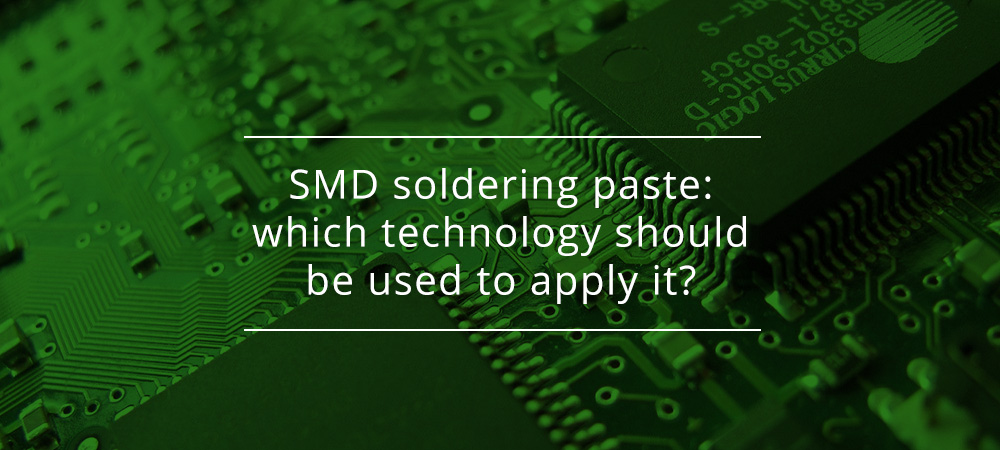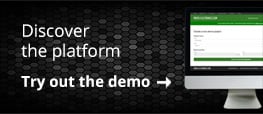
The assembly of electronic boards (PCB) has a key step, the application of soldering paste in order to solder SMDs. This is a comparative overview of the available solutions, as well as some trends to help you anticipate changes.
8402.jpg)
Soldering paste, or brazing paste, is composed of a “brazing flux” or viscous solder flux (colophane for example) in which a metal powder has been put into suspension. The use of soldering paste has advantages compared to the use of soldering metal.
Three technologies are used to apply the soldering paste to an electronic board: syringe application and Jetting are the serial methods (one spot at a time), whereas screen printing is a parallel method (all the points at the same time)
Based on your requirements we can explore these options depending on the size of the production run and the complexity of the product.
For low complexity prototyping, apply soldering paste using a syringe
By applying the soldering paste using a syringe, the dosing system manages either the pressure and opening time on a distribution valve, or the volume (using a worm screw). The dosing system is called the “Dispensing system”.
Advantages:
- Application using a syringe does not require specific tools for the product to be manufactured, thereby reducing its implementation costs which is its main interest when producing small batches;
- It can also be used to supplement screen printing in order to add to certain specific points;
- If there is no need to push down on the circuit, its support is not essential.
Disadvantages:
- To pass through the needle, the paste must be suitably viscous; care must therefore be taken over the choice of soldering paste;
- You can control neither the shape nor the thickness of the deposits: the technology can only create domes;
- The repeatability of the process is limited and therefore restricts the solution to small, low complexity production batches.
and get your PCBA quote within the next 10 minutes!
For complex prototypes, apply soldering paste using jetting
Up to a few hundred boards, Jetting is an excellent option. Using a principle similar to ink jet digital printing, Jetting directly applies the soldering paste to all types of electronic board, even if they have already been assembled. This recent solution is gaining ground thanks to its attractive advantages.
Advantages:
• Jetting is quick and not costly to implement; there is no need for tools specific to the product being manufactured, you just need to create the printing programme
• There is almost no cleaning involved.
Disadvantages:
- The initial investment is high as there are as yet few installations; currently, the cost is twice that of screen printing equipment.
- Similarly to syringe application, the paste must have specific viscosity and a grain size compatible with the printing head; this is very sensitive when used.
- The shape of the deposits is less close to the design than when using screen printing stencils, which may lead to quality issues.
The determining advantage of screen printing is the printing cycle: once the stencil is in place, applying the soldering paste using a scraper is very quick.
Proto-electronics has chosen screen printing as it provides the necessary flexibility required for the parallel production of many manufacturing orders.
This is needed to meet the short deadlines our company offers for electronic board prototypes.
We would like to thank Philippe ALLARD (GEMIDO) and Alain MILLARD (Laser Technologie France) for their contribution.



